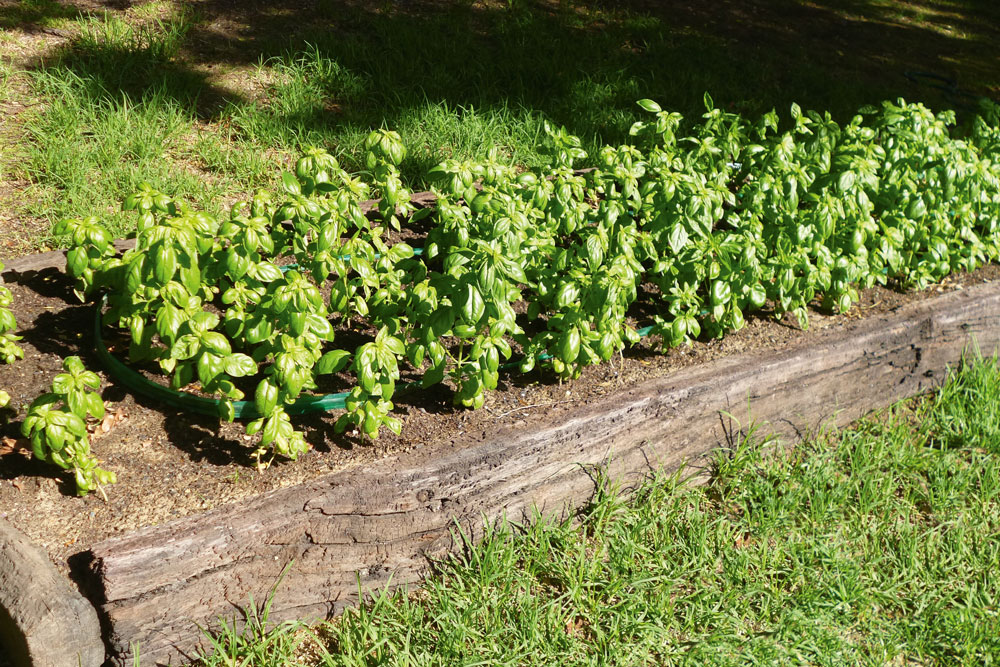Build A Raised Garden Bed

Winter is the best time to build a raised bed so it’s ready for planting in spring and it only takes a day.
There are many reasons to install a raised bed, not the least of which is to make gardening easier on your back and your knees.
Raised beds are a good solution when the soil of a garden is less than ideal for growing. They also offer the added bonus of excellent drainage.
Instead of digging over soil or testing pH, you just fill a raised bed with good quality soil that is free of weeds, stones, pests and diseases.
The soil in raised beds also warms up quicker in spring than ground level beds, so your crops emerge sooner.
Choose the location
This bed is lined with newspaper and can be built directly onto grass or bare dirt, so you can site it anywhere.
The ideal spot for an edible bed is one with a north-facing aspect to take advantage of morning sun and avoid the harsh afternoon rays.
Locate the bed close to the kitchen or back door if there is a flat space available, as edibles tend to be harvested and used more regularly if they’re close to hand.
Old railway sleepers were chosen for this project but brick or landscape rocks can also be used.
If using new timber, choose a type that hasn’t been treated with toxic chemicals that can leach into the soil.
TIP ACQ treated pine is preserved without arsenic, making it safe to use for growing edibles in garden beds.
Easy maintenance
Building a raised bed gives you the flexibility of using the available space but you can also buy ready-made beds in different sizes made from timber, plastic and corrugated steel.
These beds can be located on hard or soft surfaces and are especially user-friendly for junior green thumbs.
Fill raised beds with a potting mix suited for the plants being grown.
For this project the bed was so big that a mix of sandy loam, mushroom compost, ash and cow manure was delivered to the site by a local nursery.
To protect seedlings from birds, install stakes around the bed then cover with bird netting, securing with tent pegs. To weed, feed or harvest the bed, just roll up the netting.
For watering, use a soaker hose so water is evenly distributed at the roots, where the plants need it most.
It’s more efficient than watering with a hose or by hand, as less water is lost through run-off or evaporation.
Growing root vegetables
Root vegies grown in poor, stony soil come out of the ground misshapen. For good form, grow in a quality mix in a raised bed to give them a smooth passage.
BEETROOT seeds should be sown 15mm deep in early spring and seedlings thinned to about 150mm apart to allow them room to grow. Harvest when young for sweet tasting beets but leave some in
the ground to last into winter.
CARROT seeds need to be sown 15mm deep in early spring. Thin out as they grow by pulling up small ones to eat as baby carrots. Use a fork to gently prise carrots out of the ground in summer, leaving some in for winter harvest.
Build a raised garden bed








